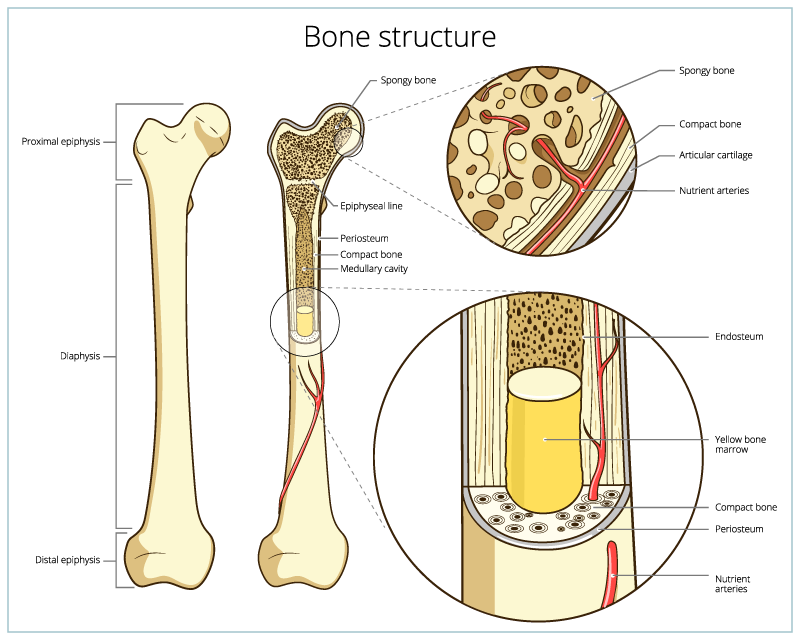The purpose of this article is to present some facts about the myths associated with how sound travels through a bone. We should keep in mind that sound is a mechanical vibration which means it is a type of energy that transmits (propagates) outwards from the sound source as molecules collide with each other. Newton’s Laws of Motion defines the physics of mechanical vibration. These laws of motion are completely different from the laws governing the transmission of electro-magnetic energy. In mechanical vibration, the strength of the vibration wave immediately begins to reduce as it moves away from the source. The main things that impact how fast or how far this vibration wave stops include spreading loss, absorption loss, and reflection loss. These are very important properties that must be considered when dealing with mechanical vibration transmission.
When we attempt to transmit sound vibration to an anticipated location, we need to generate enough vibration strength at the source and have a least amount of loss along the travel route in order to reach the destination with enough strength to receive and process the incoming signal.
One of the biggest problems with sound vibration travel in the human body is caused by the bones. Ultrasound technicians go through classes in school to learn how to avoid bones and find “windows” between bones when performing ultrasound diagnostics. In this type of diagnostics, the sound must bounce off a layer of tissue and return back to the hand-held device to create an image. The tissue density is the main concern for vibration within the body since mechanical vibration will reflect or bounce off the edge of two greatly differing density layers. This one statement is the most important aspect of sound healing within the human body. Very little sound vibration passes through layers having different densities. That could mean between water and air, soft tissue and bone, air and bone, air and soft tissue, etc.
What happens when sound vibration reaches the surface of a bone is that most of the vibration will reflect or bounce directly off the surface and travel back toward the source. Some vibration will pass through the layer if there is enough strength. Then it will get caught with the first layer and travel along that layer until it loses strength.
Notice the construction of a typical long bone. The outer “shell” consists of a very dense layer of bone. There is a huge density difference between the surrounding soft tissue and the first layer of bone. Then, the density changes again within the inside spongy bone where there are small holes. These holes actually create a baffle condition where sound vibration is scattered within the holes very much like a sound proof insulation. The inside of a bone is meant to have less density with little holes. Otherwise, the bones would be way too heavy based on their size and structure. Bones are designed to stop vibration rather than conduct it. We often feel vibration in one part of a bone when the tuning fork is place on another part. This happens because the vibration stays within the outer layer which is called a “sound channel” rather than breaking through to the inside. Once inside, the vibration scatters into the pockets rather than passing through.
We should keep these factors in mind when working with sound vibration on the human body. Sound vibration follows certain laws of physics and these are the facts of those laws.


